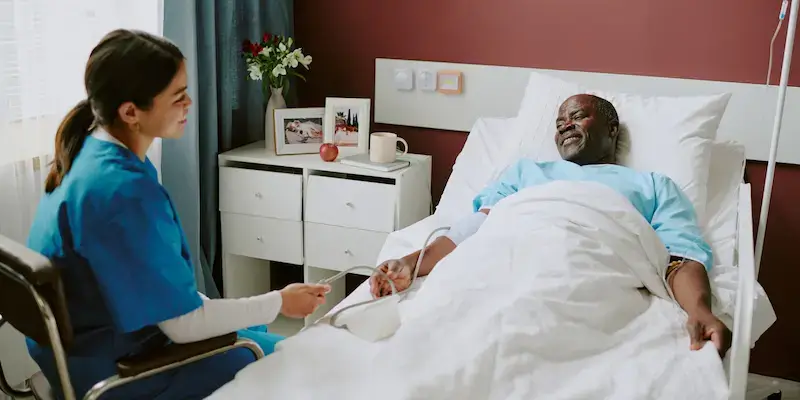Home >
Ganglion cysts
Get rapid access to our leading specialists.
A ganglion cyst is a benign lump that usually affect the wrist or hands (although you can get a ganglion cyst in the feet or ankles too).
What is a ganglion cyst?
A ganglion cyst feels like a lump and is filled with synovial fluid, which is a dense, jelly-like fluid. Synovial fluid lubricates and cushions your joints while you move. It’s believed that when synovial fluid leaks out of your joints or tendons, this causes a ganglion cyst.
A ganglion cyst is not dangerous, but it can be painful.
What are the symptoms of a ganglion cyst?
A soft lump on your wrist or hand (or in some cases, your ankle or foot) that doesn’t move is a sign of a ganglion cyst, although the lump itself can range in size from so small that it’s not noticeable at all, to one inch in diameter.
You may also feel pain when you press down on the lump (although, in most cases, ganglion cysts are painless). Ganglion cysts may also fluctuate in size.
What causes a ganglion cyst?
The direct cause of a ganglion cyst isn’t always clear, although as mentioned above, it’s thought that leaking synovial fluid can cause ganglions.
There are certain risk factors that make you more likely to develop the condition:
- Your gender – it’s more common in women than men
- Your age – 70% of ganglion cysts are in those aged between 20-40
- Those with a previous joint or tendon injury
- Those with osteoarthritis in the finger joints
How is a ganglion cyst diagnosed?
Go to see your doctor if you experience the lump associated with a ganglion cyst. They will ask you about your medical history and might push down on the lump to see if it is painful.
In some instances, your doctor may order an x-ray, ultrasound or MRI scan to try to get a better idea of whether you have a ganglion cyst or another potential condition, like a tumour or arthritis.
How is a ganglion cyst treated?
Sometimes ganglion cysts go away on their own and may need no treatment. However, if the cyst is causing you pain, your doctor may recommend some (or all) of the following:
- A splint or brace for the affected area, to cut down on movement and help your cyst to shrink and become less painful
- Aspiration – in which your doctor drains the fluid from the cyst (note that the cyst may come back even after this)
- Over-the-counter medications – such as ibuprofen or naproxen
If the above treatments don’t work, you may need surgery to remove the cyst, which is done as an open surgery.
If you’re unsure what treatment you should go for, or the above treatments don’t work for you, our team of expert specialists are here to help.
Need further help or advice?
Contact our team for enquiries or information.
If you need to contact us in any other way, please go to

